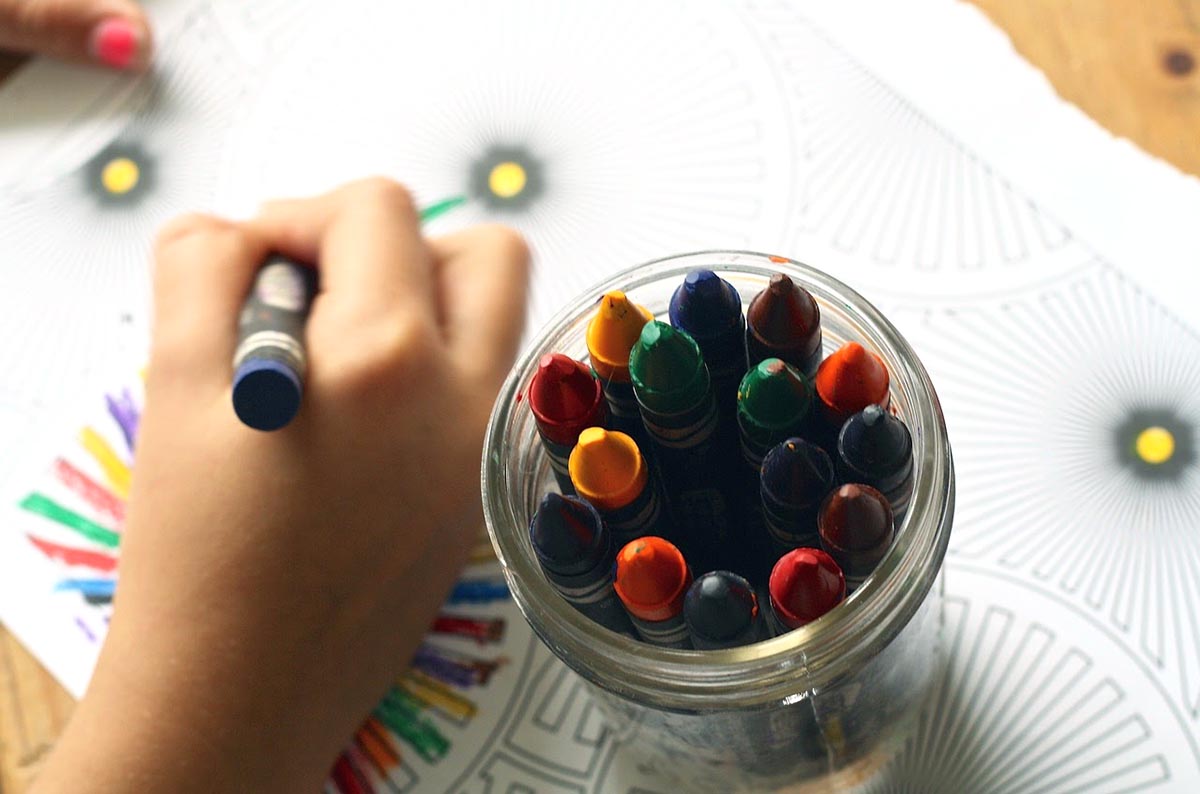As the calendar flips to a new year, the air is filled with the promise of fresh beginnings and exciting possibilities. This is a prime time to set personal and professional goals and look forward to a brighter future. A popular tradition during this season is to choose a word of the year. Select a single word to represent your aspirations and intentions for the upcoming year. Let’s delve into the words from AOEU’s community of art teachers. We will explore the meanings behind these words and how they can inspire creativity and transform goal-setting. Join us on this journey to reflect on the importance of focusing on what truly matters in art education.
Read the words of several art teachers to discover how you can shift your mindset and priorities this year.
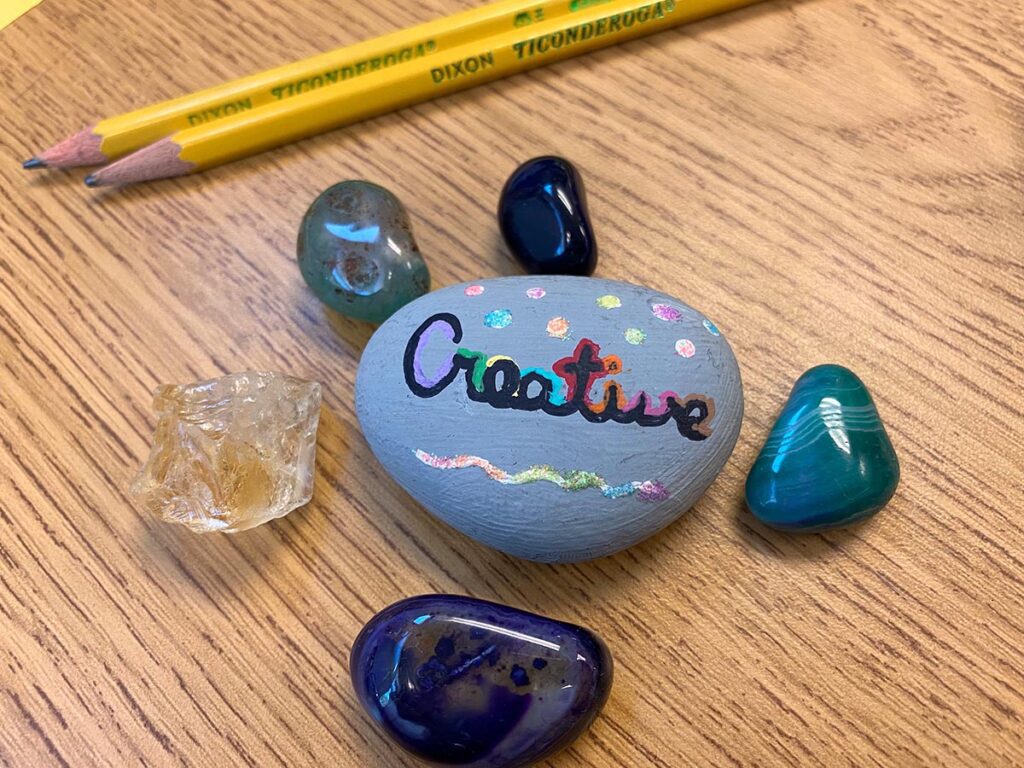
1. Weird
Let’s give Deanne Conlon’s “Weird” the Word of the Year award! We all know teaching has many “weird” and unexpected moments. Using this word also reminds you that being different and doing things in a unique way can lead to amazing art and ideas. Embrace Weird and encourage your students to think outside of the box and get creative. It’s time to let loose and let the world see our quirky selves!
2. Flow and Flexibility
Brianna Walker’s “Flow” and Sara Layne’s “Flexibility” resonate well with us as educators and artists. In the ever-evolving field of education, both words encourage adaptability as we adjust to new methods and embrace innovation. In the artistic process, Flow pushes us to cultivate a mental state of being completely present and fully immersed. Flexibility goes hand-in-hand with being open-minded to new mediums and techniques while experimenting and problem-solving.
3. Meraki
Emily Englehardt shared a word derived from the Greek language, “Meraki.” This means putting soul, creativity, and love into one’s work. What a perfect word for artists and teachers! It encourages us to approach our craft with profound passion and infuse our teaching with a sense of purpose and dedication. This can lead to more meaningful connections with students and foster a deeper appreciation for the creative process.
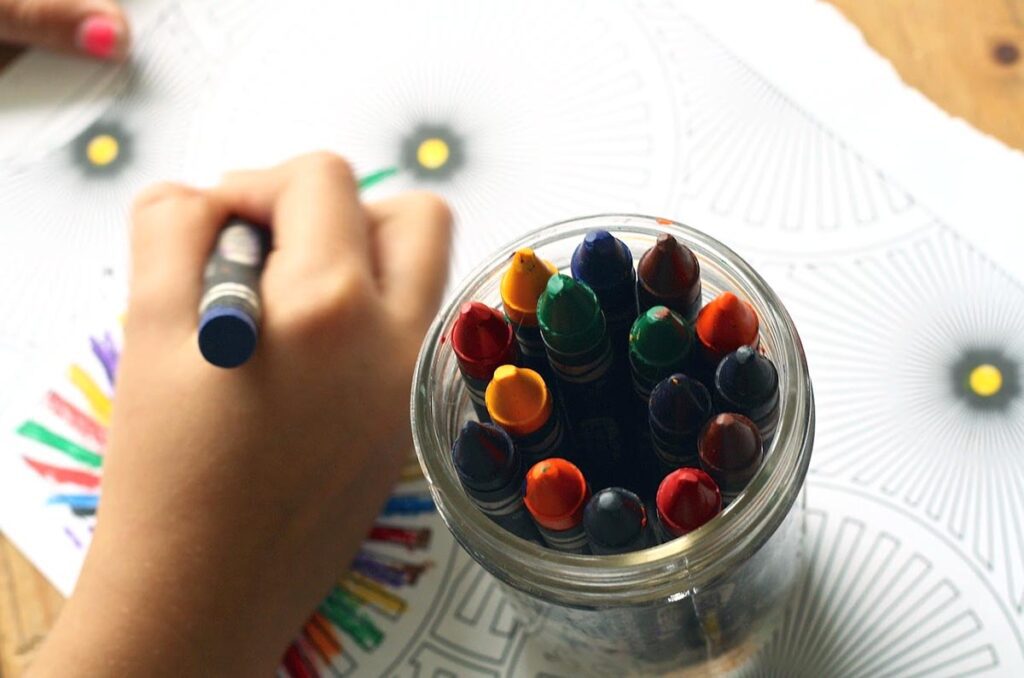
4. Joy
A deep dive into the state of education can tend to get teachers bogged down. Karen Piveral’s word, “Joyful,” is a perfect antidote. Being an art teacher is one of the most joyful positions in the school building! We have the opportunity to infuse lessons with enthusiasm and positivity and reciprocate the energy students bring when they walk into their “fun class.” There are so many new and exciting materials and art forms sure to thrill and captivate students!
5. Sanctuary and Simplicity
So much happens every day—from cleaning dozens of dried glue bottles to bus duty after the last bell. Linney is spot on with the word “Sanctuary.” Finding and protecting our sanctuary and our safe places as teachers is necessary. However, before you can retreat there, you need to create one! There is no need to make this complicated. Choose a small corner of your art room or home to make a sacred spot to recharge and regroup. Gather a few things you love that appeal to all of your senses. Are you wondering when you’ll have the time to enjoy this space? Simplify your priorities, to-do lists, routines, and schedules to only what’s necessary.
6. Teamwork and Connection
As the art teacher, you may be the only one in your building or district. Remember you are not alone, even if it feels like it! Using the words “Teamwork” and “Connection” by Becky Donohue and Hannah Garnier prompts us to reach out to others for help, support, and encouragement. There are many ways to connect and collaborate with other art teachers! Follow AOEU on your favorite social platforms, attend the next NOW Conference, or enroll in a graduate course. Watch the playlist below for ways to connect with your students, colleagues, and community for networking and support.
7. Peace
Brenna Baluh shared “Peace.” After long and overstimulated days, this word may seem elusive! However, purposefully looking for and planning for peace in our lives benefits our minds, bodies, and souls. Play a chill playlist during studio time or your planning period. Put on noise-canceling headphones for five minutes and do deep breathing exercises in between classes. Spend a couple of minutes at the beginning of your day meditating and journaling. Carefully choose what to spend mental energy on by determining if you should accept things, change them, or leave them. Bring peace to your students with warm-ups to support calm starts to class and Zen-Doodling.
8. Explore
Do you ever feel like your days are becoming monotonous and predictable? You wake up, go to school, come home, eat, sleep, and repeat. It’s time to break free from the mundane and embrace the unique and interesting! Do this in big or small ways so you have things to look forward to. Plan a trip to a different country or try out a new restaurant with an artsy vibe in town. Make it a point to add a dash of exploration to your week and purposefully plan new activities. In your lesson planning, try a new project once a quarter to keep things fresh. Binge-watch the Day in the Life of an Art Teacher series on YouTube for more ways to switch up your day.
9. Health and Help
“Help!” I’m sure many of us have whispered this word from Melissa Pennington under our breath during a challenging teaching season. Whether you think you need it or not, Help is a great word for your year because we are all looking for ways to be the healthiest art teachers we can be. Speaking of health, “Health” by Michelle Davis is equally important to focus on. Incorporate a five-minute morning workout before heading out the door. Take a 10-minute walk during your planning period, or drink water to stay hydrated (when you know you have a bathroom break coming up!) Take care of yourself and seek help when needed to lead a sustainable and fulfilling career as an art educator.
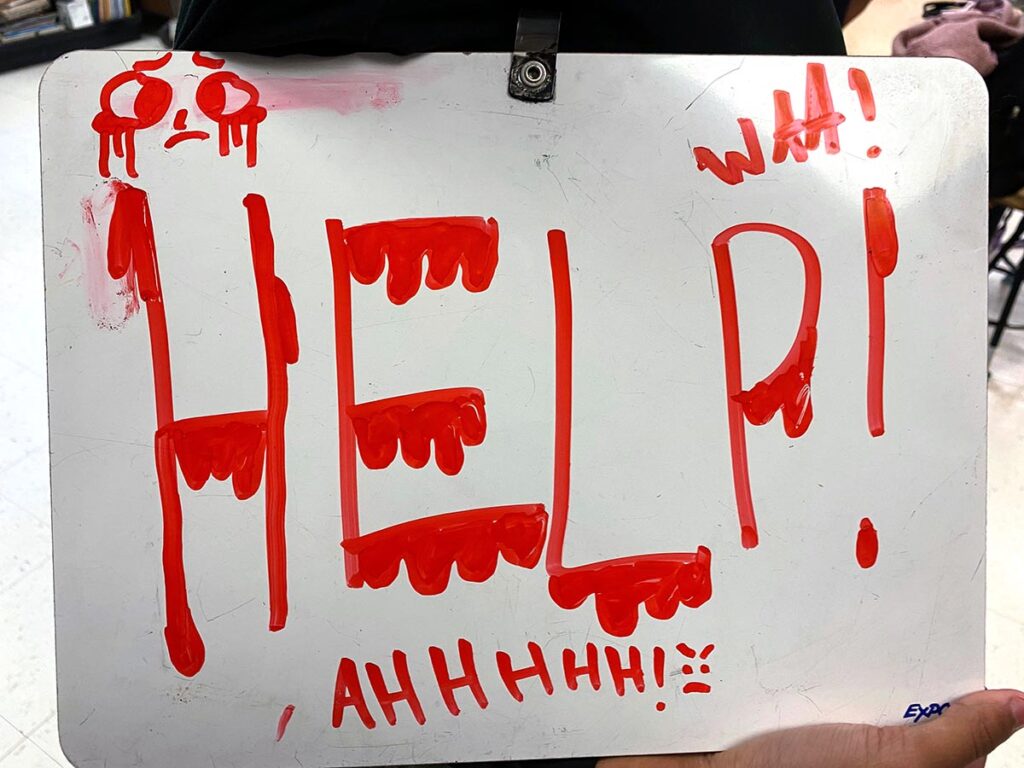
10. Glimmer
Belinda Tiz shared “Glimmer” and we are here for it! The term Glimmer holds meaning beyond its dictionary definition as a source of positivity and calmness. Glimmers are small moments of peace, joy, and happiness. The opposite of a Glimmer is a trigger, associated with painful memories and emotional distress. In a world where trauma and triggers can cast long shadows, Glimmers offer a beacon of hope and emotional well-being. Look for Glimmers throughout the day and keep them in a sketchbook, create a list on your phone, or a document on your computer. Don’t lose track of the sparks that keep your happiness ignited!
Use your word well with these tips!
Once you have a word, sometimes it can be difficult to apply it daily for the long haul. Below is a list of ways to infuse your word into your routines so you can stay focused throughout the year to come.
Here are six ways to get started:
- Place the word at the top of your lesson plans.
- Check in with your word when you receive an invite and need to determine your commitment.
- Make a poster to hang on your desk or door.
- Align your word with your teaching goals.
- Post your colleagues’ words in the staff breakroom.
- Write a typography or calligraphy lesson for students to devise and illustrate their own words of the year.
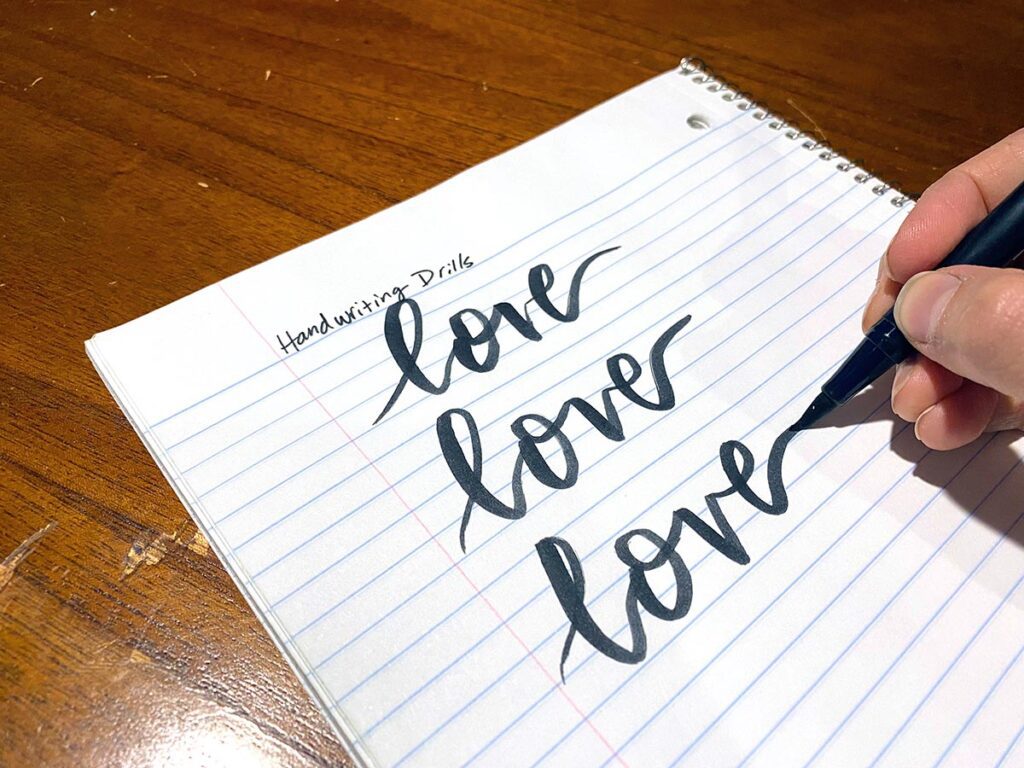
In the vibrant world of art education, choosing a word of the year can be a powerful catalyst for growth and inspiration. Whether it’s Joy, Weird, Meraki, or something of your own choosing, your word can serve as a guiding light for how you navigate the upcoming year with intention. Use your word to determine what gets added to your calendar, professional goals, a concept for your own body of work, and new art projects your students will create. It can also be a reminder to bring passion, positivity, and an open mind to your students, colleagues, family, and friends. Write your word down and illustrate it in multiple places that you will see throughout your day. Incorporate it into your documents and daily communications. Before you know it, your word of the year will be an integral part of the future you!
What is your word of the year?
How will you ensure you use your word of the year well?
Magazine articles and podcasts are opinions of professional education contributors and do not necessarily represent the position of the Art of Education University (AOEU) or its academic offerings. Contributors use terms in the way they are most often talked about in the scope of their educational experiences.
